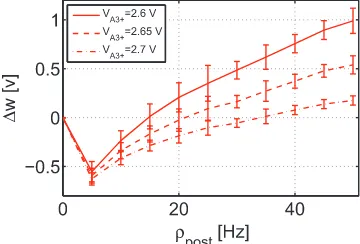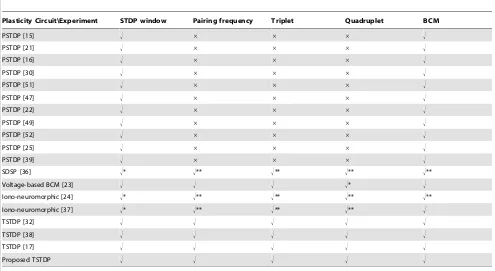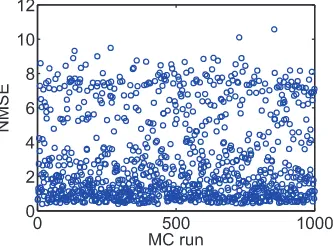Tunable low energy, compact and high performance neuromorphic circuit for spike-based synaptic plasticity
Full text
Figure




Related documents
Bagi calon pengguna, rekomendasi hasil penelitian evaluasi ini bermanfaat dalam memberikan informasi apakah model media audio yang dimaksud telah memenuhi kelayakan untuk
Therefore, the study has been designed to identify the communicative needs of nursing students, find out priorities of nursing students regarding language skills to
I suggest that a case study method of research is the best method to be used in this research work since its investigates a real-life situation, in which the researcher will be able
McManus et al 32 examined factors that influence the resilience of 10 case study organizations (private manufacturer, local authority, private contractor, public utility
Although long-acting reversible contraception (LARC) including intrauterine devices (IUDs) are safe, effective, and economical methods of preventing unintended pregnancy and
The theoretical model sets out the hypothesized relationships between the perceived trustworthiness of security agencies and public acceptance of SOSTs, controlling for the effect
Under oxidative stress conditions, mPTP opening induces a transient increase of inner mitochondrial membrane permeability which allows the release of ions, small molecules,
I then used a field-based experiment (Chapter 3) using feather moss transplants to unravel the respective impacts of canopy type and leaf litter inputs as mechanisms driving



